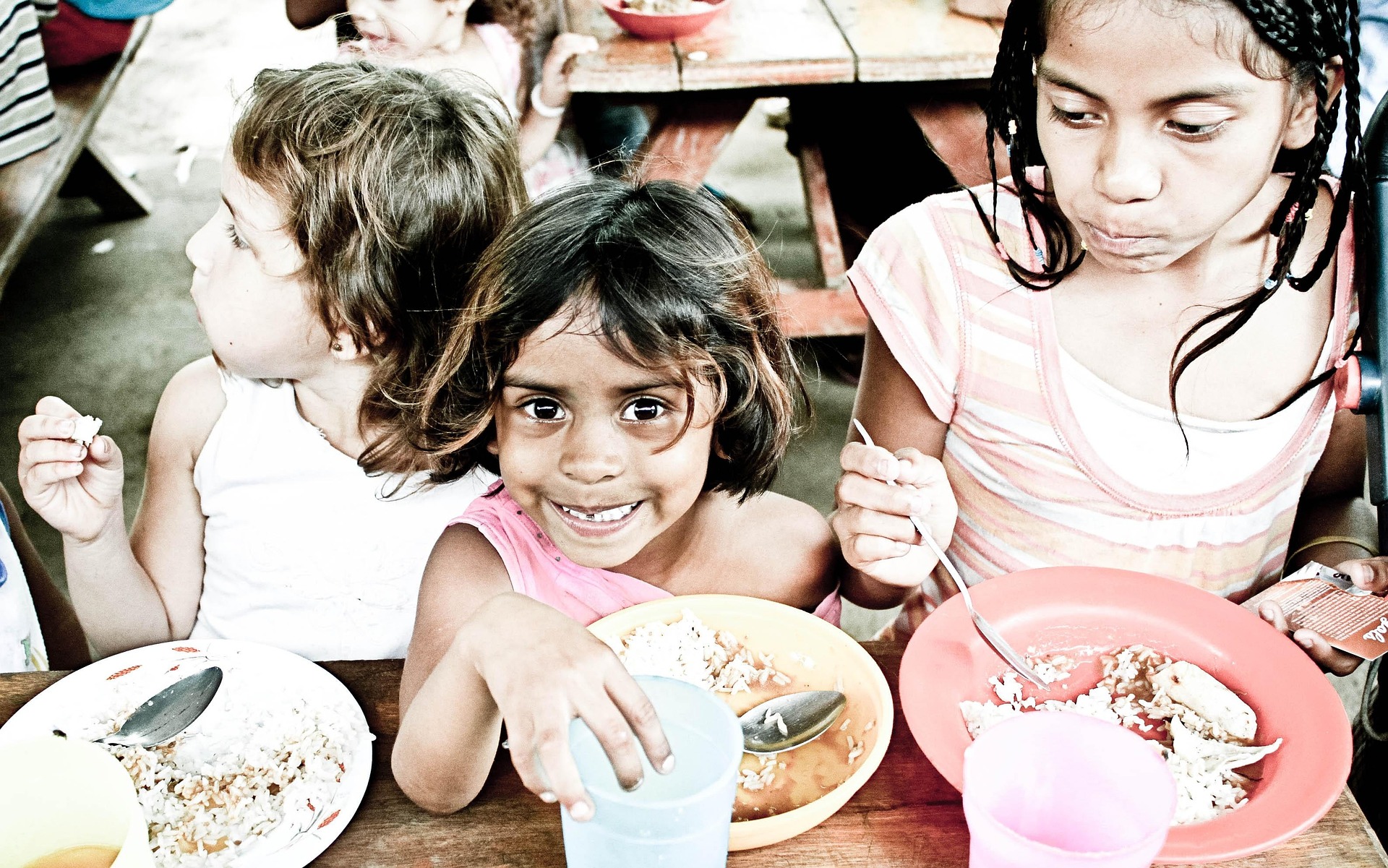The program design process is a multidisciplinary endeavor that necessitates the systemic integration and adaption of a broad range of factors to ensure relevance, efficacy, and sustainability. Central to this process is a comprehensive understanding of the local context.
The local context refers to the distinct set of cultural, environmental, economic, historical, and societal conditions that characterize a specific community. These conditions are not static, but dynamic and integrated, forming the foundation upon which any viable program must be designed and implemented.
Culturally, communities possess unique belief systems, languages, traditions, and social norms that influence local behavior and expectations.
Environmental conditions include the geography, climate, biodiversity, natural resources, and ecological challenges particular to the area.
Economic aspects refer to employment patterns, income levels, local industries, access to markets, and infrastructure.
Historically, communities are shaped by events such as colonization, migration, conflict, governance systems, and previous development efforts. Social conditions encompass education levels, demographic trends, public health, and patterns of social organization and inequality.
Each of these domains contributes to a complex portrait of local life and requires systematic and participatory methods to be properly quantified and understood.
Once this context has been sufficiently documented and analyzed, the next step in program design involves identifying strategic interventions that enhance localized resilience. Localized resilience refers to the ability of a community to absorb, adapt to, and recover from adverse conditions such as economic shocks, climate disruptions, and political instability and reducing the impact of external disruption to localized systems.
To build resilience, program strategies must target increased agricultural security by improving access to sustainable farming techniques, enhancing soil fertility, and introducing climate-resilient crops.
Water security efforts may focus on watershed management, water harvesting systems, and community-led distribution networks.
Energy security requires that these local communities, often in isolated regions, frequently mountainous, heavily wooded, and isolated islands, have access to a sufficient level of clean, affordable energy to increase localized opportunities.
Economic security is pursued through capacity building, entrepreneurship development, market access facilitation, and the diversification of income-generating activities.
Improving the median quality of life requires an integrated and adaptive approach that addresses access to basic services such as health care, education, housing, sanitation, and energy.
It also involves promoting social inclusion and civic participation in local governance. These improvements contribute to long-term community stability and personal well-being, forming more cohesive bonds between individuals, families, and the local community.
In parallel, program design must consider pathways to eradicate poverty by fostering equitable access to resources, reducing dependency cycles, strengthening community governance, and providing education and vocational training. Efforts must prioritize the most vulnerable populations while enabling scalable and self-sustaining systems of support.
Only after these foundational conditions have been addressed can the integration of locally owned and operated People’s Organizations into broader local, domestic, and international operations be successfully introduced.
The localized People’s Organizations serve as critical stakeholders that encompass local leadership and an enforceable voice at the domestic and international levels. Their participation ensures that program designs are not only rooted within the local context but also aligned with national development goals and global cooperation efforts. This inclusion in program design amplifies the voices of the community, enhances the legitimacy of interventions, increases local resilience and promotes shared accountability in achieving developmental outcomes.

